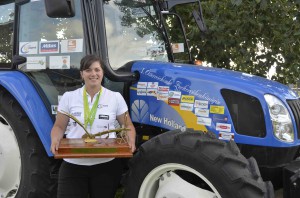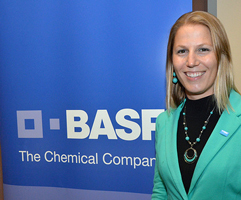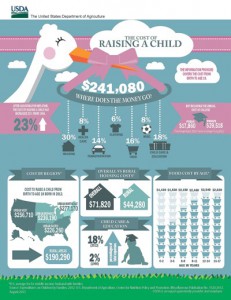 Here is the next in our series as we introduce you to a few of dedicated precision ag equipment dealers in a series called “Getting to Know Ag Leader”.
Here is the next in our series as we introduce you to a few of dedicated precision ag equipment dealers in a series called “Getting to Know Ag Leader”.
We caught up with Kevin McIlravy of Precision Ag Results Maddock, ND:
1. From an agronomy standpoint, what do you consider to be the biggest issues facing growers today?
I think the biggest challenge from an agronomy stand point is accurately collecting data of what has been done and what the results are from those inputs. There are a ton of choices the growers make everyday and if they cannot go back at the end of the year and look at whether those choices were the right ones or not from the data then they go on guessing. Still every year is different and it is a risk but if you can way the goods from the don’t works so not to repeat then you can make better educated guesses. Managing the data in a way that is useful and not just numbers takes time.
 2. Tell us about how growers in your area are using precision agriculture.
2. Tell us about how growers in your area are using precision agriculture.
Growers in our area are using precision agriculture all year long. They variable rate nitrogen based off yield data they have collected from several years and zone soil testing. They variable rate phosphorous and potassium based off grid soil tests and crop removal rates from the yield data. They use steering controls to be straight and minimize passes across a field. They are seeding with variable rate seed maps to maximize yield potential Swath control on planters, air seeders and sprayers to minimize overlap. They are also using crop sensors to vary nitrogen in crops. Yield monitors are used to collect data from what happened that year (you only have one opportunity to record what your crop yielded in each part of the field for that given year). The growers are also using precision agriculture in the water management side of things to tile or do surface drainage.
3. What benefits are growers seeing by using precision ag on their farms? Give us some examples.
They are able to put inputs in the correct spots to maximize the yield. It doesn’t always work but you can hit the 80% of the time rule. We have some growers that have done basic yield monitoring for about 15 years and with our rotations here it can take up to 10 years to get enough data to do good yield consistency and maximum yield maps. They now are able to look at those maps and make better as well as quicker decision on how to deal with those fields and crops.
4. What do you believe is on the horizon when it comes to technology and agriculture?
I think there is a lot room for improvement in the quality and reliability side of things for technology. It has to remain cost effective, work well and be simple. There are not a lot of people that are out here servicing things so the ones that are work hard and long hours to keep up. Remote service and trouble shooting are on the near horizon. Wireless communication that is cost effective and efficient is needed. It is here but there is room for improvement. I also don’t see the removal of the human in the tractor (aka autonomous) factor as near as it sometimes is broadcast. I don’t think the reliability of the electronics and the amount of electronics that required to monitor all the things a human does it practical yet.
5. What’s your best piece of advice to a grower who might be looking at using precision ag products?
Find a dealer that will take care of you and look at your whole operation not just one part of it. Together lay out a plan and ease into it at a pace that you as a grower can handle, not the dealer. I would recommend starting with a yield monitor. It is the best information you can use to make decisions. Second would be swath control on a sprayer or planter. That saves money on inputs and damage to your crop. The payback there is short. Steering controls are nice but they are really just “icing on the cake.” Service, support and a company that stands behind their products are important.
Check back next month to “Get to Know” another Ag Leader dealer!
Become a fan of Ag Leader on Facebook today, and get the latest precision ag videos on the YouTube channel. For more information about Ag Leader products and services, or to visit the blog site, go to www.agleader.com.


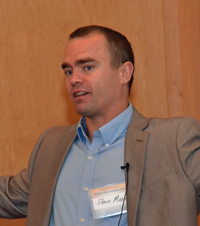
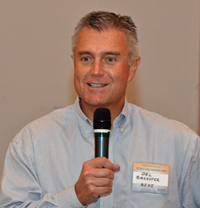
 Here is the next in our series as we introduce you to a few of dedicated precision ag equipment dealers in a series called “Getting to Know Ag Leader”.
Here is the next in our series as we introduce you to a few of dedicated precision ag equipment dealers in a series called “Getting to Know Ag Leader”. 
